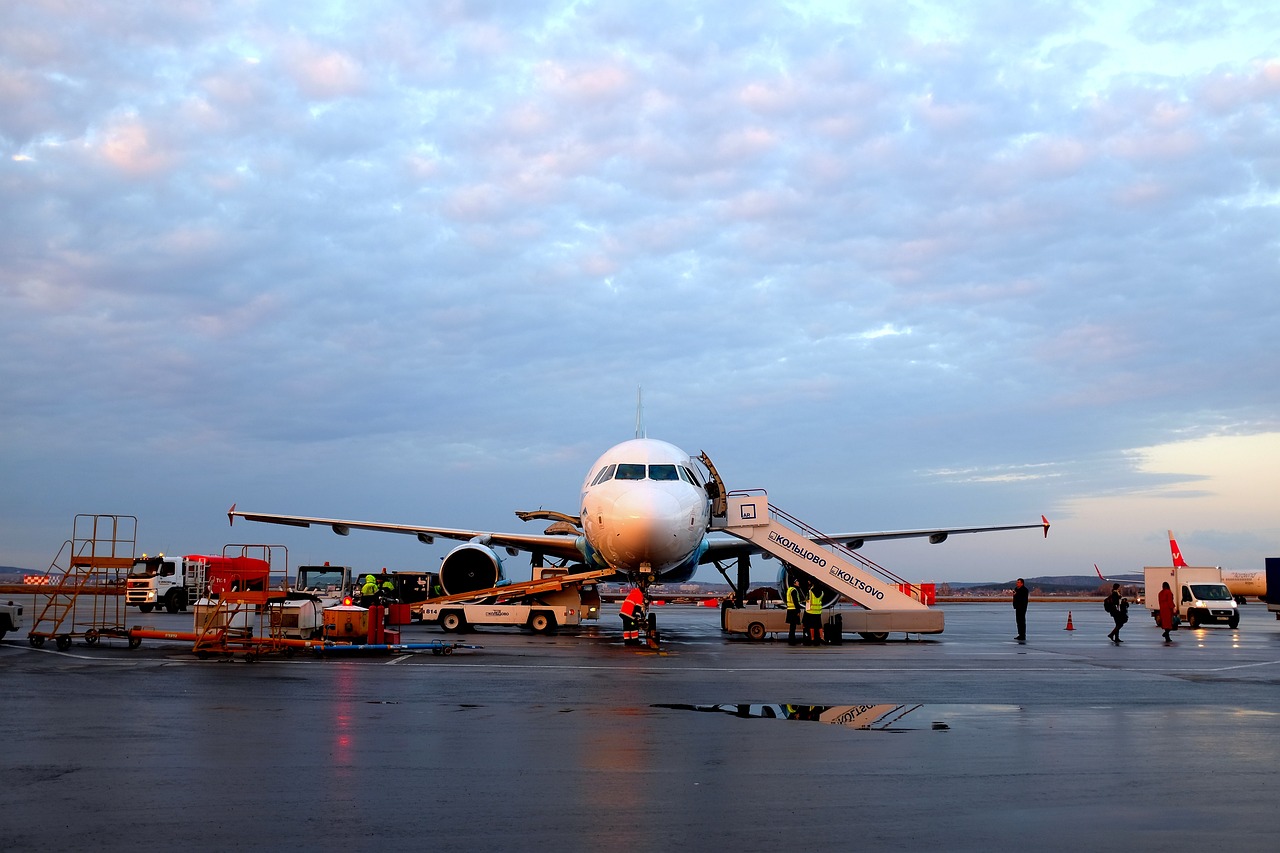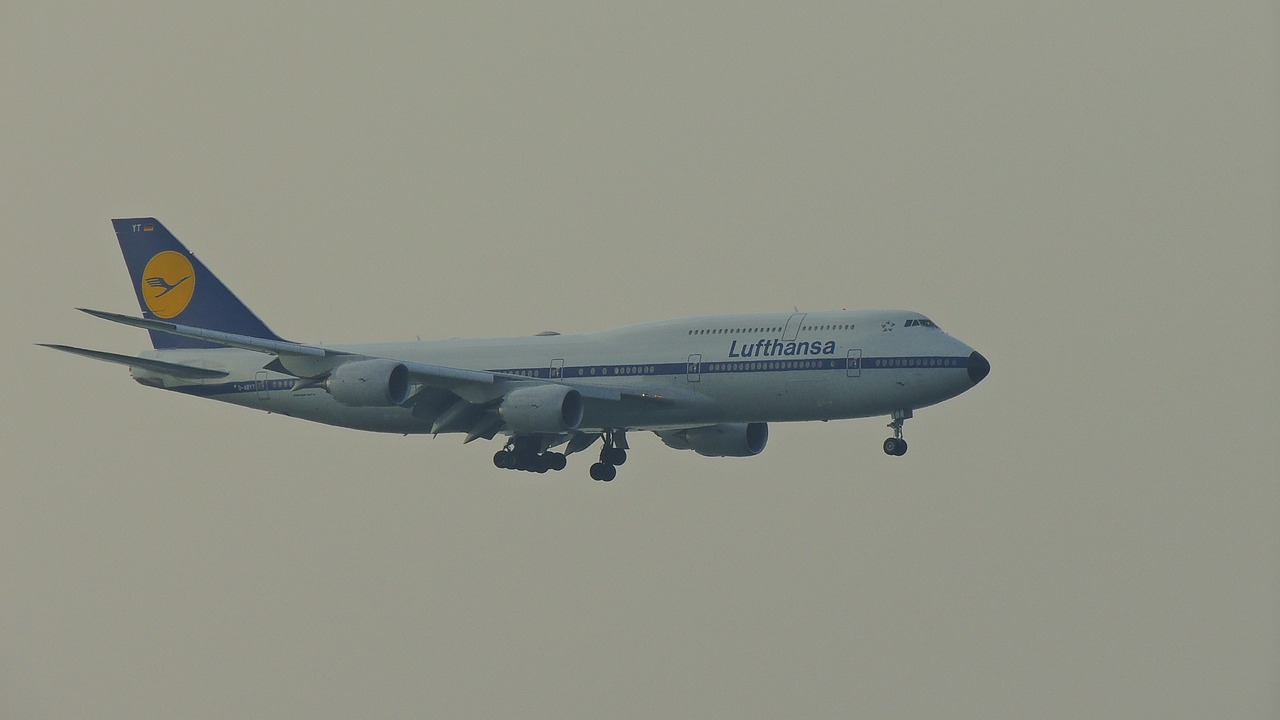Aviation Industry Business Model: A Comprehensive Approach

A thorough business strategy is necessary for the aviation industry to succeed in the current competitive environment because it is a complicated and multidimensional sector. Aviation enterprises need to adopt a strategic approach if they want to continue to be profitable and sustainable in the face of ongoing global air travel expansion and rising demands from customers, airlines, and other stakeholders. In this article, we shall examine the components of an extensive business model for the aviation sector.
Client-Centered Focus A customer-centric strategy is the cornerstone of any successful airline business model. Airlines must be aware of the changing needs and preferences of their customers to adapt their services. This involves providing tailored experiences, hassle-free travel arrangements, and top-notch customer support.
- Operational Efficiency
Airlines must streamline their operations to keep a competitive edge. Process simplification, cost-cutting, and the use of technological developments like automation, data analytics, and artificial intelligence are required to achieve this feat. Airlines can maximize output, cut down on delays, and perform better by improving operational efficiency.
Sustainable Practices
As environmental impact continues to grow in different parts of the world, airlines must include sustainable practices in their operating procedures. This involves funding the purchase of fuel-efficient airplanes, investigating alternative energy sources, and putting carbon offset plans into action. Airlines may lower their carbon footprint and attract travelers who care about the environment by implementing sustainable measures.
Cooperative Relationships
Collaboration amongst stakeholders is essential because of the interrelated nature of the aviation industry. To offer a seamless travel experience, airlines must establish strategic alliances with aircraft manufacturers, airports, travel agencies, and other service providers. Efforts made in concert can result in cost savings, increased connection, and higher customer satisfaction.
- Diversification
Airlines should think about diversifying their revenue streams to reduce risks and respond to market swings. Expanding into ancillary services including freight operations, maintenance and repair services, and loyalty programs can help with this. Diversification gives airlines more income sources and lessens their reliance on ticket sales alone.
Continuous Innovation
Innovation is essential to staying ahead in the dynamic aviation sector. To drive innovation in fields like aircraft design, in-flight entertainment, and customer experience, airlines must cultivate a culture of continual improvement. It’s essential to adopt new trends and technology to be competitive in the aviation industry’s quickly changing environment.
Four Vital Business Models for Airlines?
As the industry and the technology propelling it changes, so is its activities. Below, we have detailed some of the major business models as seen in the modern-day aviation industry.
- International Airline
This is the most performing airline in a series of airline models. This model has accounted for billions of dollars for airline companies in profit hence, its ability to serve large passengers at a given time. This airline model is dedicated to serving international customers and focused on long-distance travel. This has also been said to be the largest employer of labor, with thousands of workers on its payroll. A typical example of this airline is American Airlines and Delta Air Lines.
- National Airline
This is the second one on the list, and the most important after the international airlines. Unlike the international airline model, national airlines operate both large and medium-sized airline services but only operate within the country hence, it’s domestic. National airlines operate with smaller jet fleet sizes. Although, sometimes, this sector does experience slight fluctuation in demand.
- Regional Airline
Just like the name implies, this airline model is designed to operate within a particular region. In most cases, they also provide their services on a global scale, but at an extremely low demand rate.

Conclusion
Adopting a customer-centric strategy, improving operational effectiveness, including sustainable practices, creating collaborative relationships, diversifying revenue streams, and encouraging ongoing innovation are all components of a comprehensive business model for the aviation sector. By embracing these components, aviation businesses may meet industry problems, provide value to their clients, and guarantee long-term success in the constantly changing aviation environment.
(Writer:Lany)





